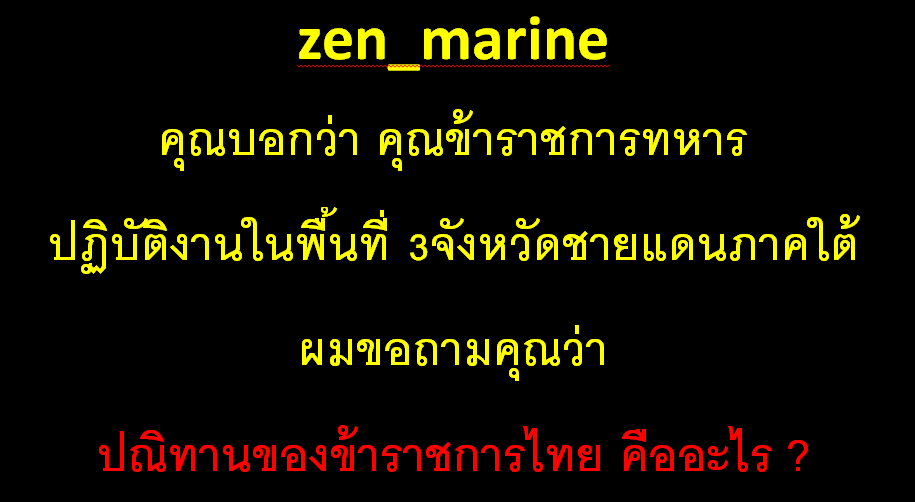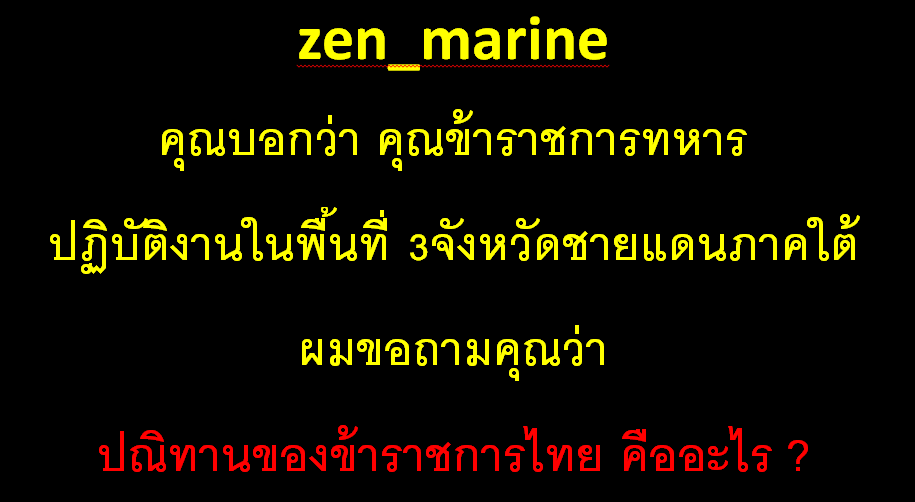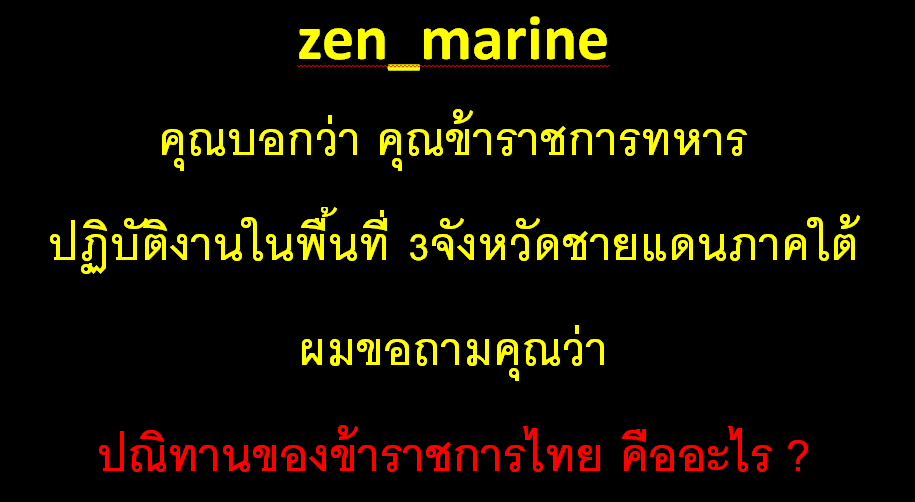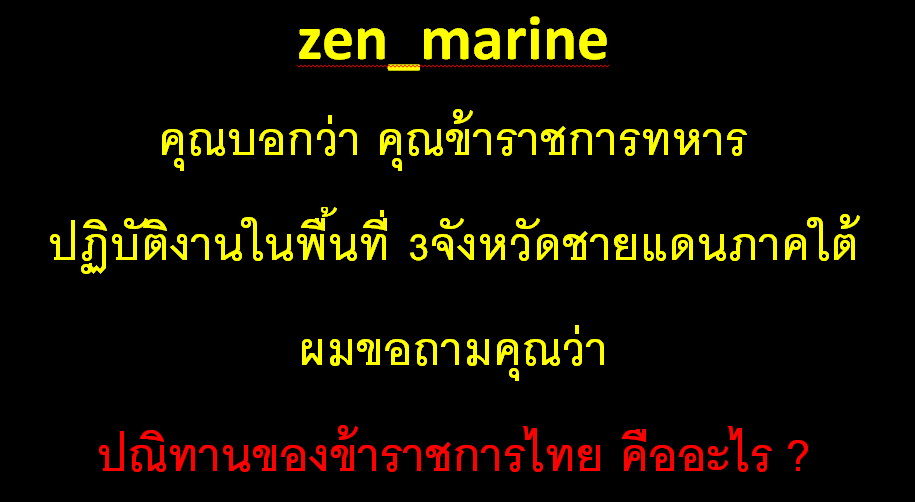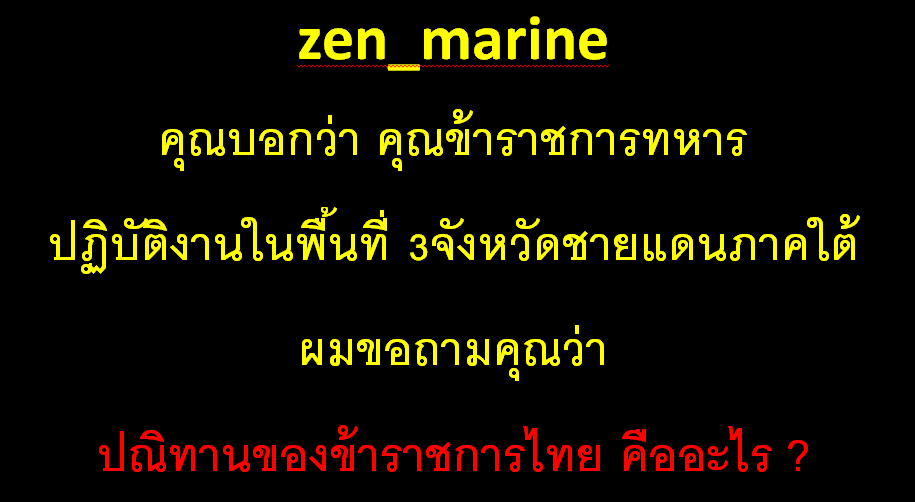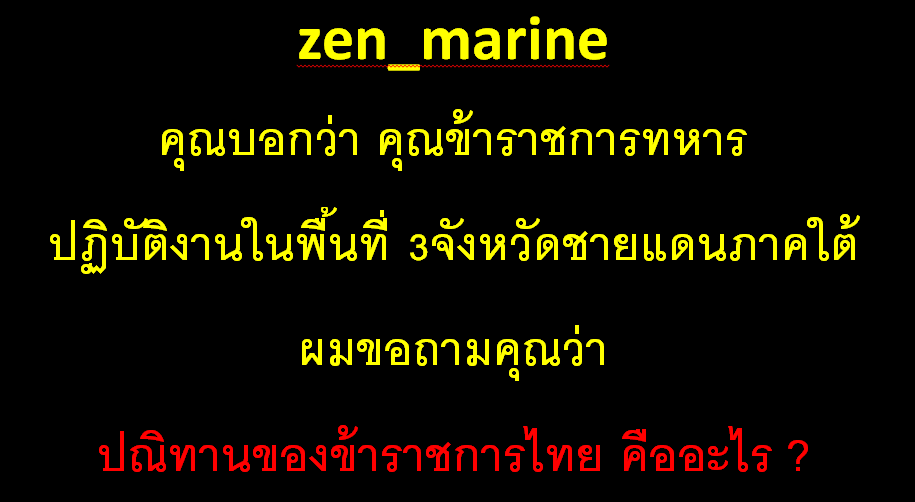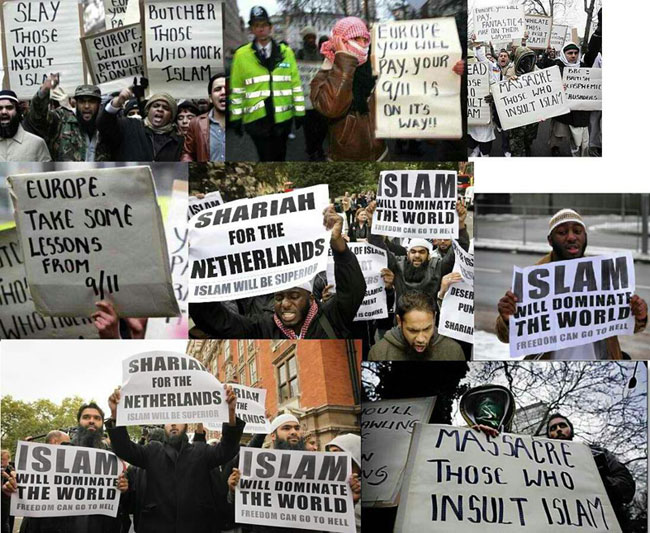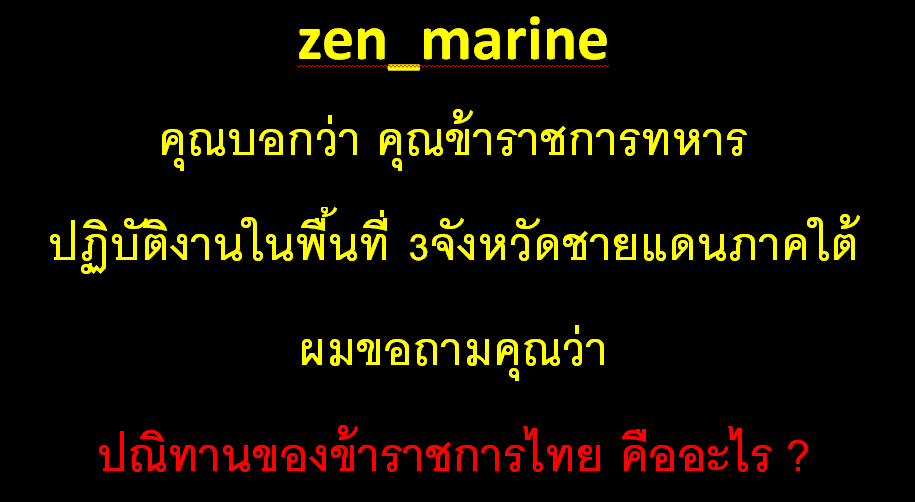 |
This may help you all understand the problems:
http://www.globalsecurity.org/military/world/war/thailand2.htm
Thailand Islamic Insurgency
Historically, the southern region of Thailand, consisting of the provinces of Satun, Songkhla, Pattani, Yala, and Narathiwat, had served as a dumping ground for corrupt and/or incompetent civilian and military officials. This had been further aggravated by the population's ethnic make-up, predominantly Thai Muslims, which had produced a major degree of alienation intensified by government misadministration. Additionally, daily life there, particularly in urban areas, was continually plagued by a higher level of common banditry and lawlessness, more so than in the Kingdom's other regions, making it very difficult for authorities to differentiate between criminal lawlessness and terrorist acts commissioned by domestic Thai terrorist or Muslim Separatist groups.
The practice of Islam was concentrated in Thailand's southernmost provinces, where the vast majority of the country's Muslims, predominantly Malay in origin, were found. The remaining Muslims were Pakistani immigrants in the urban centers, ethnic Thai in the rural areas of the Center, and a few Chinese Muslims in the far north. Education and maintenance of their own cultural traditions were vital interests of these groups. Except in the small circle of theologically trained believers, the Islamic faith in Thailand, like Buddhism, had become integrated with many beliefs and practices not integral to Islam. It would be difficult to draw a line between animistic practices indigenous to Malay culture that were used to drive off evil spirits and local Islamic ceremonies because each contained aspects of the other. In the mid-1980s, the country had more than 2,000 mosques in 38 Thai provinces, with the largest number (434) in Narathiwat Province. All but a very small number of the mosques were associated with the Sunni branch of Islam. The remainder were of the Shia branch. Each mosque had an imam (prayer leader), a muezzin (who issued the call to prayer), and perhaps other functionaries. Although the majority of the country's Muslims were ethnically Malay, the Muslim community also included the Thai Muslims, who were either hereditary Muslims, Muslims by intermarriage, or converts. Also in Thailand were Cham Muslims originally from Cambodia; West Asians, including both Sunni and Shias; South Asians, including Tamils, Punjabis and Bengalis; Indonesians, especially Javanese and Minangkabau; Thai-Malay or people of Malay ethnicity who have accepted many aspects of Thai language and culture, except Buddhism, and had intermarried with Thai; and Chinese Muslims, who were mostly Haw living in the North.
Following World War II, local Malaysian communists, nearly all Chinese, launched a long, bitter insurgency, prompting the imposition of a state of emergency in 1948, which was eventually lifted in 1960. Small bands of guerrillas remained in bases along the rugged border with southern Thailand, occasionally entering northern Malaysia. These guerrillas finally signed a peace accord with the Malaysian Government in December 1989.
In the past, the Muslim separatist groups in southern Thailand, as well as the Communist Party of Thailand, dabbled in drug trafficking to raise funds to support their political and operational objectives. As of 2000 there was little if any data linking indigenous terrorists to drug trafficking in Southeast Asia. The Communist Party had not been a viable organization in Thailand for years, and the Muslim separatist movement had fractured into a number of organizations known more for their banditry than their political activities. Drug trafficking did not, therefore, contribute to any significant terrorism on the part of these organizations. In fact, there were no credible reports of any terrorist groups either being based in or conducting terrorist activity within the Kingdom of Thailand
แก้ไขเมื่อ 24 ส.ค. 55 10:24:02
แก้ไขเมื่อ 24 ส.ค. 55 10:21:18
| จากคุณ |
:
แมทท์   
|
| เขียนเมื่อ |
:
24 ส.ค. 55 10:19:06
|
|
|
|
 |




